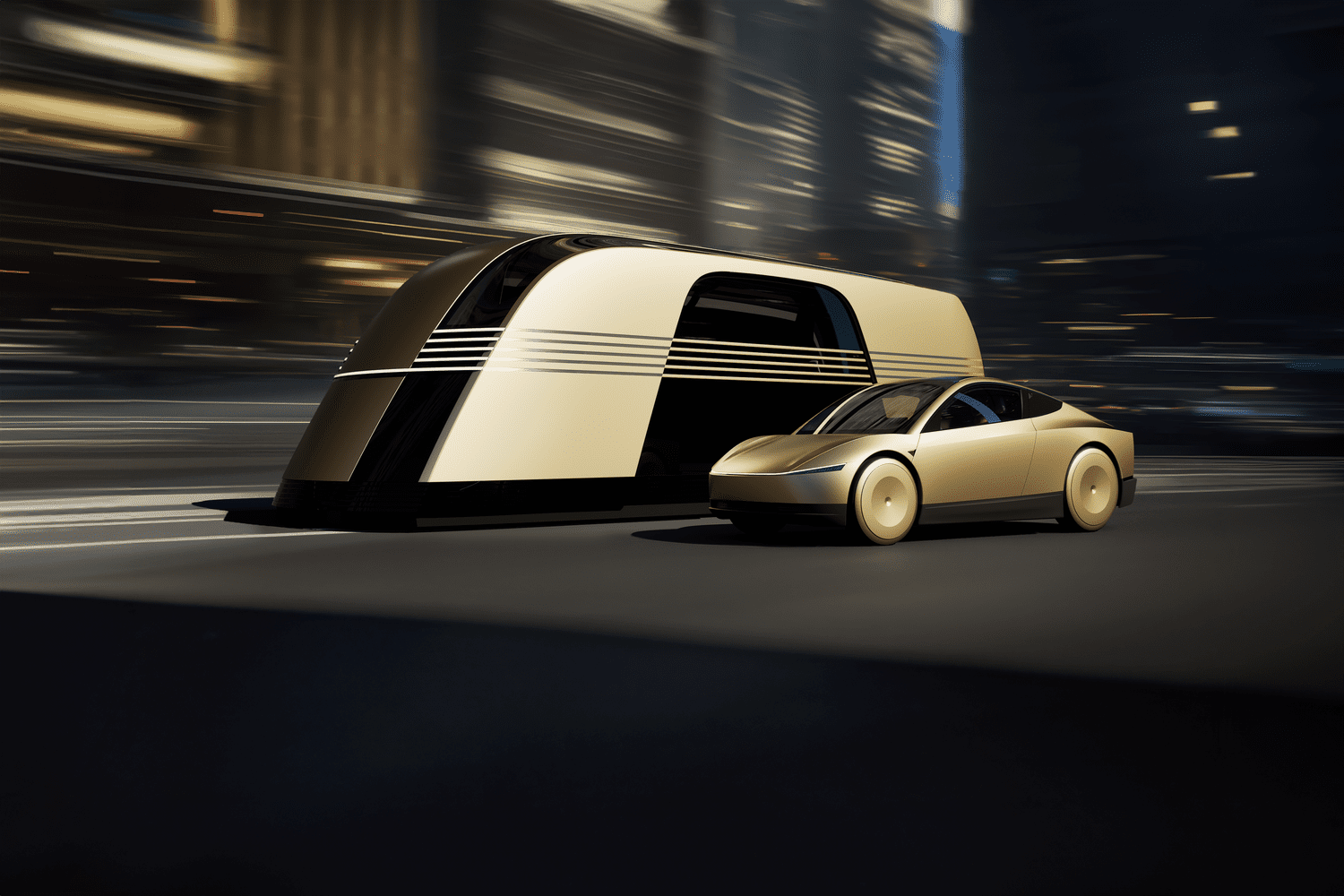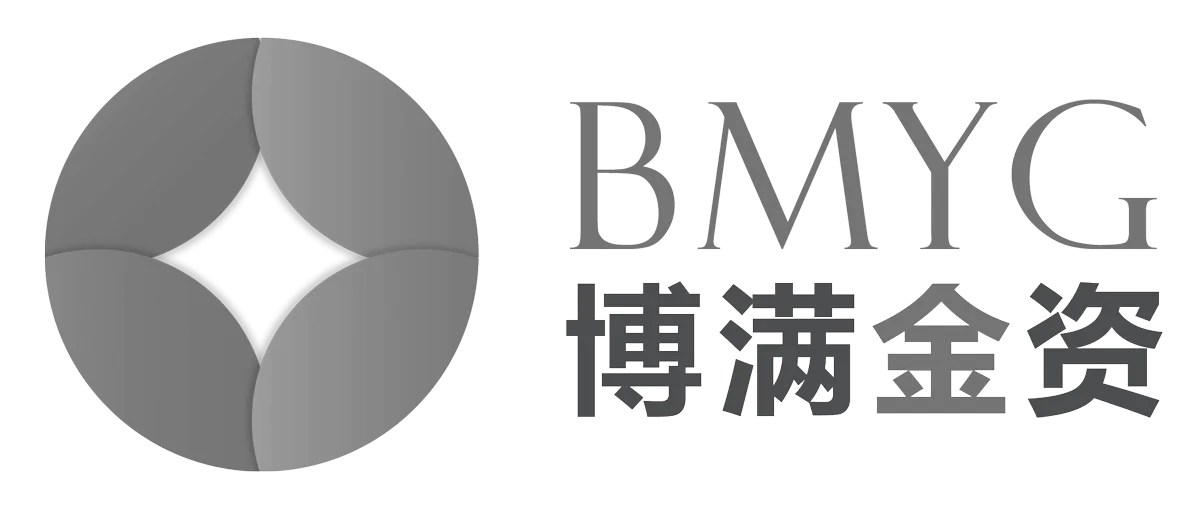News and Announcements

DePIN: The Overlooked Detail in Tesla’s Cybertaxi Demo That Could Change Everything
- Published November 04, 2024 2:55AM UTC
- Publisher Steve Torso
- Categories Capital Insights, Landing, Trending
There was a seemingly throw-away comment during Tesla’s Cybertaxi demonstration—one that almost everyone overlooked—but it has the potential to be one of the most groundbreaking business moves ever made by Tesla.
Imagine millions of autonomous cars transporting passengers and doubling as part of a distributed computational network.
This is Tesla’s real hidden gem: transforming idle Cybertaxis into nodes for decentralised physical infrastructure, driving revenue and technological advancement in unprecedented ways. Let’s dive into why this matters.
Tesla’s Cybertaxi: More Than Just a Ride
Tesla’s Cybertaxi concept goes beyond autonomous transport—it envisions a future where every Tesla car can be part of a Decentralised Physical Infrastructure Network (DePin). Imagine a fleet of Tesla vehicles driving passengers and functioning as mobile compute nodes, contributing to decentralised tasks like data processing, AI training, or blockchain validation during idle times.
Turning Tesla Cars Into Compute Powerhouses
Tesla vehicles already contain powerful onboard computers for autonomous driving. By leveraging these existing resources for distributed computing, Tesla could transform idle cars into high-performance compute nodes, providing a unique decentralised infrastructure. These mobile nodes could perform various tasks—processing data, running machine learning models, or validating blockchain transactions—all while parked or even on the move autonomously.
The Benefits: Cost Reduction and New Revenue Streams
This setup creates a novel revenue opportunity. Car owners could earn income by offering their vehicles as compute nodes, while Tesla could provide users lower total ownership costs or even monetise this compute capability. For the growing world of decentralised technology, Tesla’s potential network of millions of mobile nodes could provide an unparalleled distributed computing resource. This could offer significant processing power while reducing the overall costs of compute infrastructures.
Challenges and Synergies
There are challenges, of course—data security, privacy, managing variable availability of cars, and balancing energy consumption are all factors that would need addressing. But the potential synergies are immense, especially when combined with Elon Musk’s other venture, Starlink. Starlink’s high-speed, low-latency global internet would provide the connectivity needed to turn each Tesla into a fully operational node within a decentralised network, enhancing the compute network capabilities regardless of the car’s location.
How Could This Tie In With Starlink?
Starlink’s role would be critical in connecting these mobile nodes to the broader DePin ecosystem. Reliable, high-bandwidth internet connectivity means that compute tasks could be performed anywhere in the world. Tesla vehicles could operate with continuous data exchange, even in remote areas, thereby creating a globally connected network of moving compute power hubs. This integration could make Tesla vehicles not just transportation tools, but pivotal components in a global decentralised computational network.
Growth Areas in Decentralised Physical Infrastructure (DePin)
DePin has the potential to revolutionise multiple domains:
- Edge Computing: Addressing the increasing need for low-latency, localised data processing for IoT, autonomous systems, and smart city applications.
- Blockchain and Cryptocurrency: Vehicles could become nodes that perform blockchain validations, contributing to a robust crypto network.
- AI and Machine Learning: Utilising vehicle downtime to assist in training AI models, contributing to the global demand for more computational power.
- Content Delivery Networks (CDNs): Acting as nodes in a decentralised CDN, helping distribute content closer to users.
- Scientific Research: Contributing computational power to research initiatives like climate modelling, or drug discovery.
Conclusion: Driving Innovation Beyond Transport
Musk’s vision for Tesla vehicles isn’t limited to just transport; it’s about building an infrastructure that continuously generates value—whether through driving passengers, generating compute power, or integrating with Starlink for global connectivity. As traditional lenders and technology providers focus on centralised infrastructure, Tesla’s future fleet of mobile compute nodes could redefine how we think of cars and capitalise on decentralisation for efficiency, innovation, and connectivity. This innovation could drive massive shifts not only in the transport industry but also in computing, energy use, and decentralised networks.
Trending
Backed By Leading Investment Groups and Family Offices







